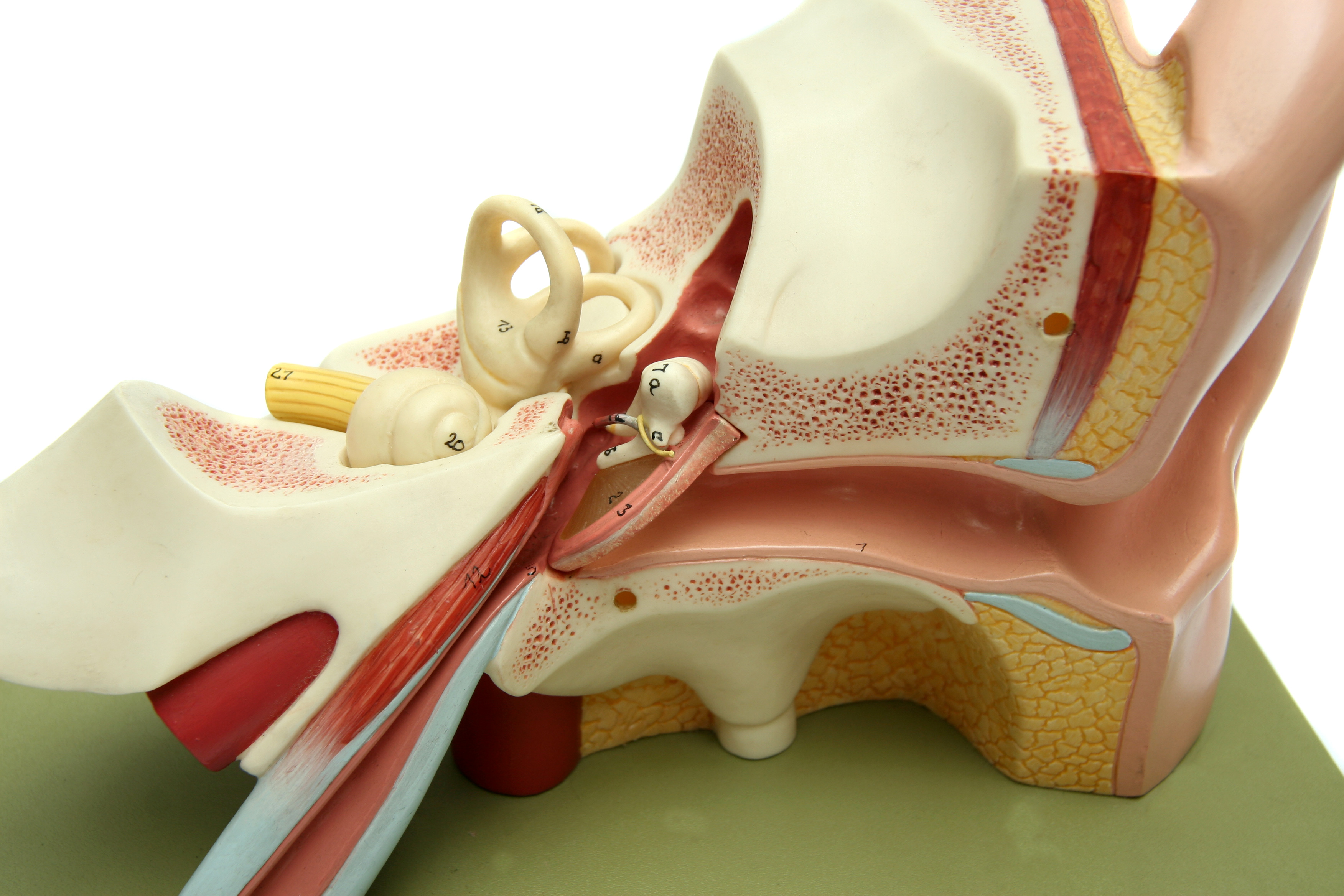
TUESDAY, March 4, 2014 (HealthDay News) — Boys, but not girls, tend to suffer more from depression and conduct disorder after moving from a poor neighborhood to a better one, a new study says.
Conduct disorder includes acting-out behaviors such as bullying, fighting, cruelty to people or animals, damaging property, cutting school and breaking other rules, according to the American Academy of Child and Adolescent Psychiatry.
“Giving poor families the opportunity to move to better neighborhoods has a significant mental effect on kids in the family,” said lead researcher Ronald Kessler, a professor of health care policy at Harvard Medical School.
“The striking thing was the mental health effects were positive for girls and negative for boys,” he said.
One reason for this distinction might be how boys and girls are seen by their new neighbors, Kessler said.
When a boy comes from a poor neighborhood to a better neighborhood, he is automatically seen as a “juvenile delinquent,” and people treat him differently, he said.
“He doesn’t get the same chance of integrating into the neighborhood,” Kessler said. “Whereas, when a girl comes, ‘She’s this poor little thing from the inner city — let’s help her.’ “
The study also found that girls fared better in better neighborhoods, experiencing less sexual assault and violence. For boys, however, moving didn’t change the level of violence.
Kessler said the government should take these problems into account when enacting and pursuing a public-housing policy.
“It’s not just a roof over their head, but where that roof is,” he said. “Every decision the housing authority makes is a simplistic herd decision, and it’s going to hurt somebody in a meaningful way.”
The report was published March 5 in the Journal of the American Medical Association.
Dr. Jefry Biehler, chairman of pediatrics at Miami Children’s Hospital, said the study should be used to help develop housing policies that take these problems into account.
“Public-housing policy is a very difficult and complicated issue and what may be predicted as a positive opportunity for families can have ramifications that were not anticipated,” Biehler said.
On the other hand, Biehler added, “Policymakers and critics of public-housing policies shouldn’t use this study as a platform to suggest that housing mobility and opportunities are unnecessary or harmful.”
Another expert said the situation is even more complicated than the study shows.
“Sorting out the variables of what increases or decreases risk for youth who are exposed to poverty is very complex,” said Dr. Victor Fornari, director of the division of child and adolescent psychiatry at North Shore-LIJ Health System in New Hyde Park, N.Y.
These children are exposed to many risk factors — not just poverty, he said. They often suffer from neglect, physical abuse, parental mental illness, parental drug abuse, absentee parents and parents who are in jail.
“We know that in many poor neighborhoods fathers are absent,” Fornari said. “Generally youth are raised by mothers and grandmothers, so boys often don’t have positive male role models and girls usually have the support of their mothers.”
For the new study, Kessler and his colleagues analyzed what happens to kids who move out of poor neighborhoods to richer ones.
The researchers randomly selected about 4,600 families living in public housing in poor neighborhoods. Some families got vouchers to move to better areas, some got vouchers allowing them to move wherever they choose and others got no help at all.
At the start of the study, the children ranged from newborns to 8-year-olds. Ten to 15 years later, the researchers interviewed about 1,400 boys and nearly 1,500 girls.
Kessler’s team found that about 7 percent of boys who moved from poor neighborhoods suffered from major depression, compared with 3.5 percent of boys who remained in their poor neighborhoods.
The differences were also pronounced for post-traumatic stress disorder (6.2 percent versus 1.9 percent) and conduct disorder (6.4 percent versus 2.1 percent).
Post-traumatic stress disorder was also more common among boys whose families could move anywhere, compared to boys who remained in poor areas (4.9 percent versus 1.9 percent).
Kessler’s group found that fewer girls who moved had major depression (6.5 percent versus 10.9 percent) and conduct disorder (0.3 percent versus 2.9 percent) compared to girls who stayed behind.
Although the study found an association between moving out of a poor neighborhood and changes in children’s mental health, it did not establish a cause-and-effect relationship.
Dr. Matthew Lorber, a child psychiatrist at Lenox Hill Hospital in New York City, said the problem is a failure to identify and treat mental illness among at-risk poor children. If treatment were available to these children, he said, a lot of the problems seen when they are teens could be prevented.
“Boys growing up in poverty have higher rates of mental problems and conduct disorder,” Lorber said. “Focusing on kids who are at high risk and getting them into treatment early would be a much more productive way of preventing severe mental illness. Right now there is a problem with high-risk children not being identified and not having early treatment.”
More information
For more about children’s mental health, visit the U.S. Department of Health and Human Services.
Copyright © 2024 HealthDay. All rights reserved.

